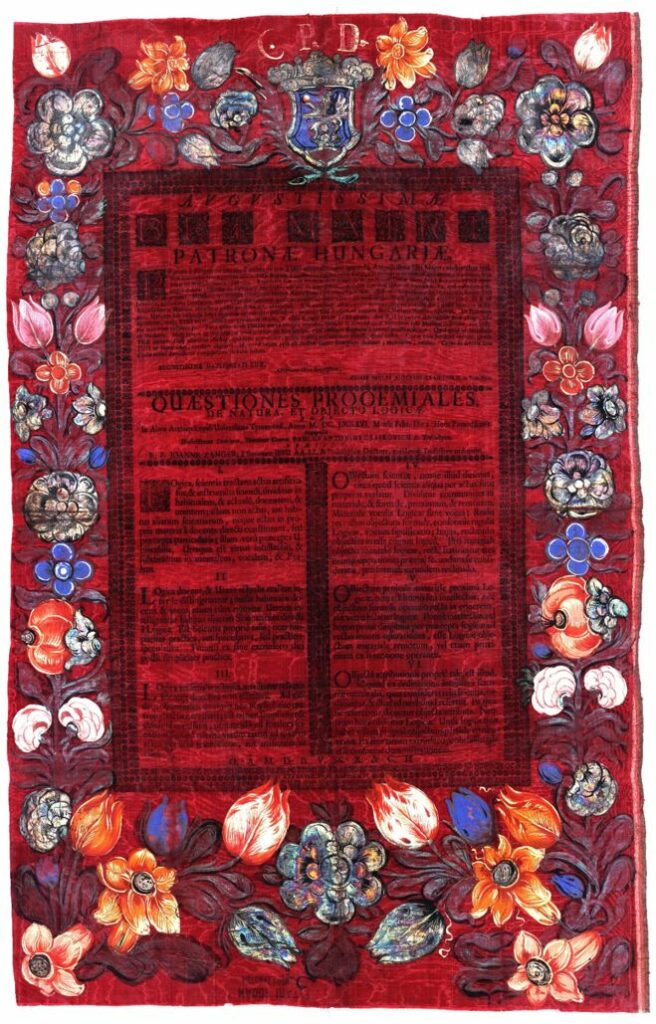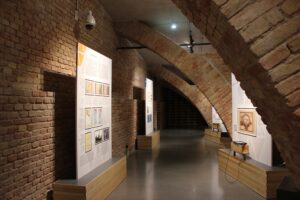
Following the example of its Spanish, Portuguese and Norwegian partners, the National Archives of Hungary opened its first transmedia exhibition at the Várkert Bazár in Budapest. The first of the three exhibitions planned as part of the European Digital Treasures international project, European Discoveries: from the New World to New Technologies, opened in the Hungarian capital. Following a special private opening on 21st of January 2022, the exhibition was opened to the public the following day, 22nd of January 2022.
This day has a special significance in the cultural life of Hungary, as it is the day when Hungarians celebrate the Day of Hungarian Culture, in memory of the day Ferenc Kölcsey revised his manuscript of the Hungarian National Anthem in 1823. However, on this day of remembrance, the National Archives of Hungary wanted to commemorate not only Hungarian cultural values, but also the common European values, historical and ideological experiences that link Hungary with other European countries.
European Discoveries: from the New World to New Technologies is a digital exhibition dedicated to the latter, which presents European discoveries in three pillars, covering medical science, industrial achievements and transport and traffic, preserved in the archives of Malta, Montenegro, Norway, Portugal, Romania, Spain, Serbia and Hungary, through documents of historical value.
In addition to the printed panels, the 43 manuscripts and records presented in the exhibition can also be seen in a digital catalogue, according to the unified project concept. The National Archives of Hungary presents some original archival material on the exhibition site as well. Visitors of the exhibition space can also see some designer products inspired by the documents – with a separate description of the source of inspiration – and play an RPG game and quiz based on the documents presented in the project, in the dedicated game space.
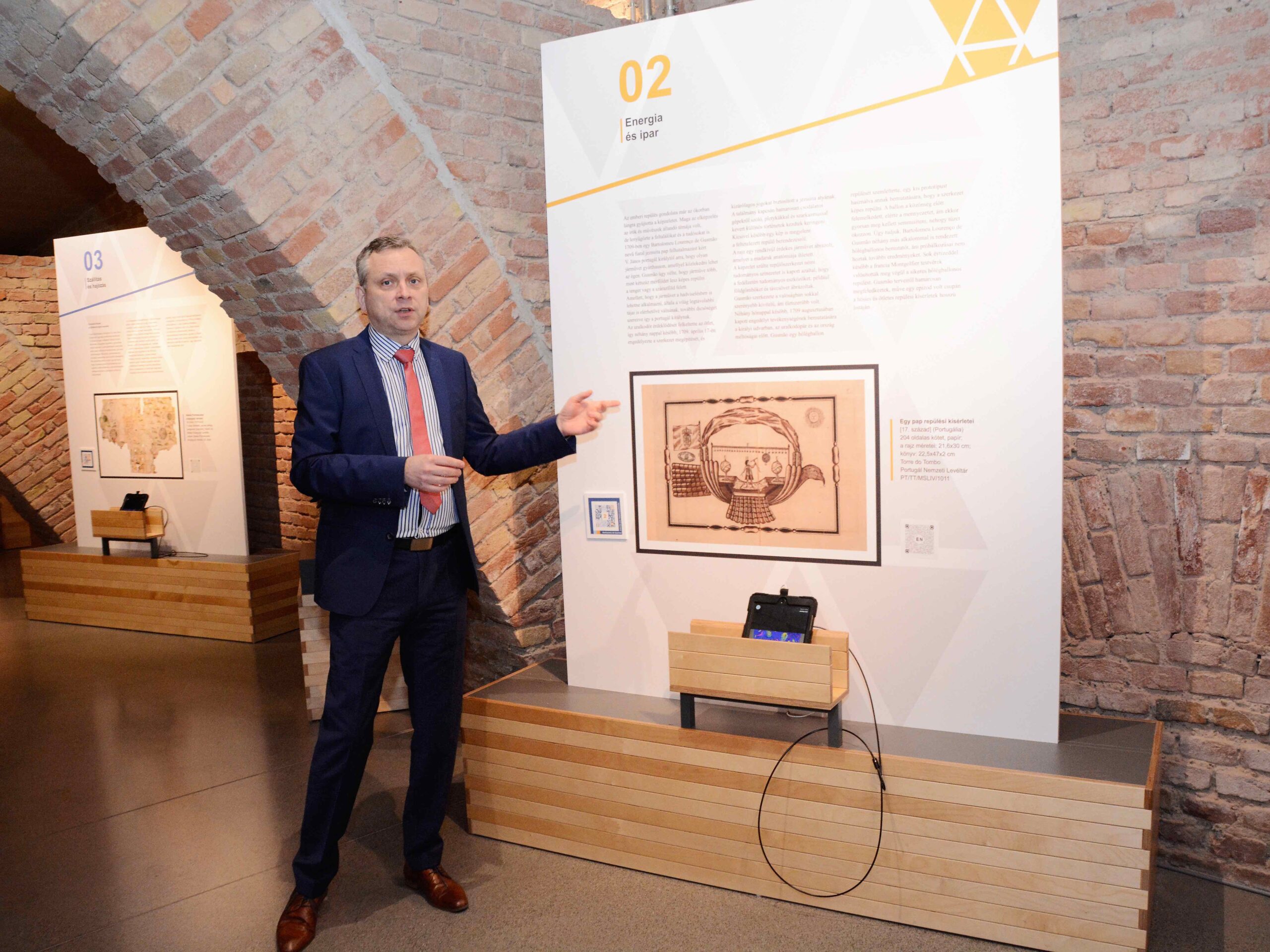
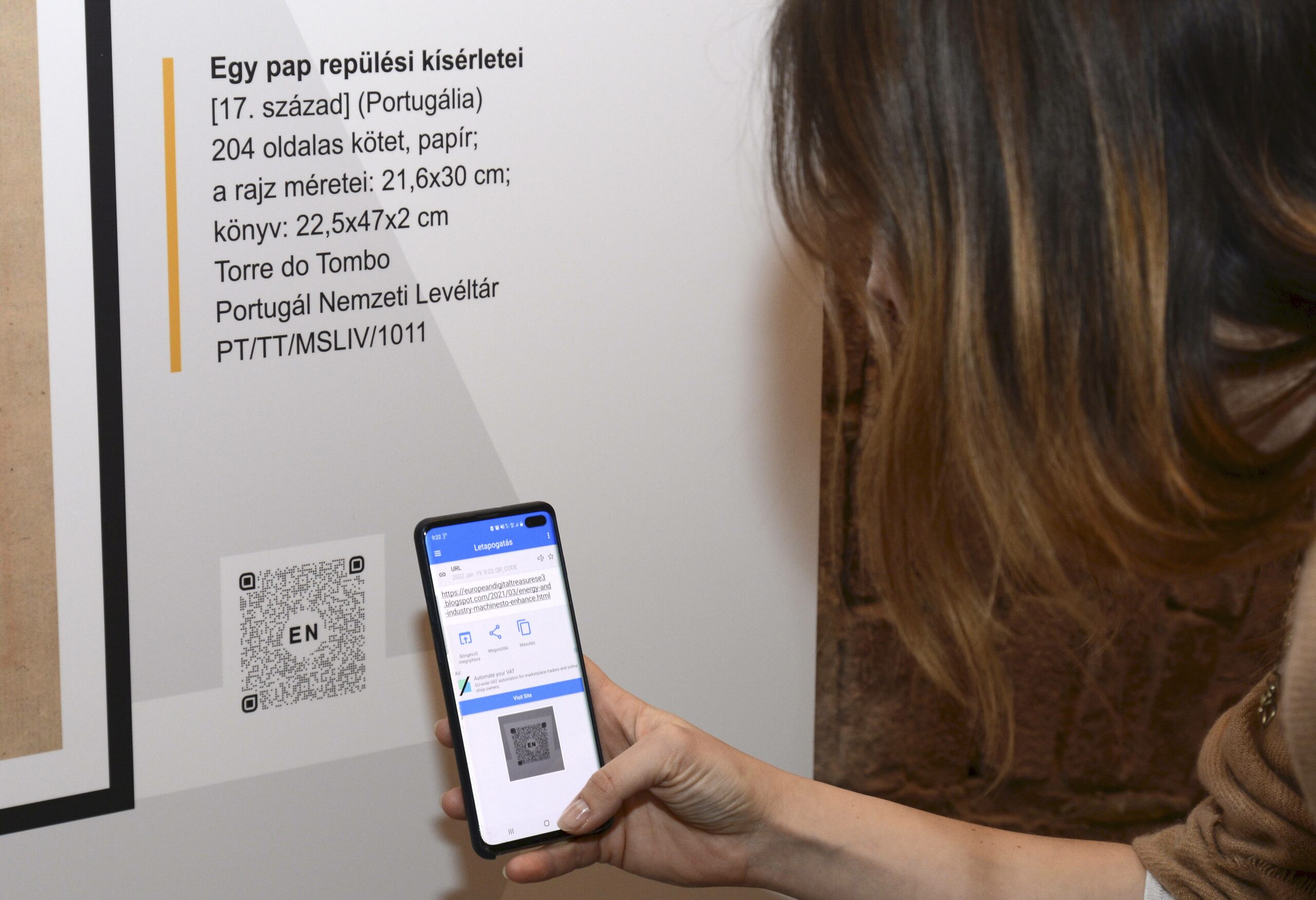
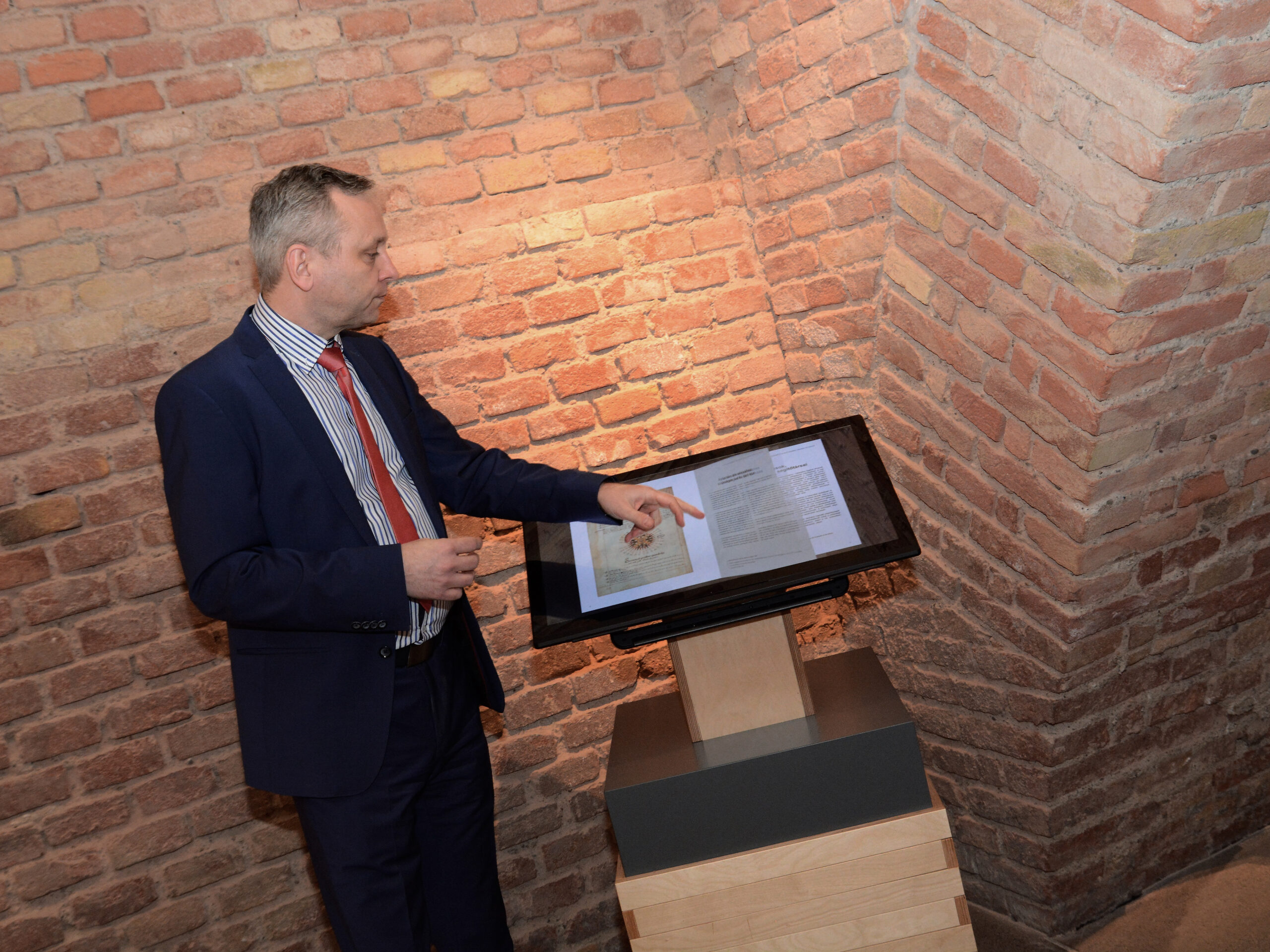
© Photo credit: Zsuzsanna Lantos, National Archives of Hungary.
The European Discoveries exhibition at the Castle Garden is attracting a lot of interest. In addition to the digital descriptions, visitors can browse through the exhibition with a handy English and Hungarian catalogue to learn more about the documents on display.
The multilingual nature of the exhibition helps our visitors from abroad to learn more about the European archival material. Our exhibition venue is one of the best exhibition spaces of the Castle Garden. The highly equipped hall and its digital facilities provide a suitable place for all visitors to access and explore digital content.
The first exhibitions actuality – European Discoveries – is attracting many group visits; we are getting high engagement in the requests from schools, universities and other institutions.
Our professional Public Education team offers guided tours at the exhibition site as well, for registration please contact: kozmuvelodes@mnl.gov.hu
The exhibition is open until the end of April 2022, at the beautiful site at the foot of Buda Castle.
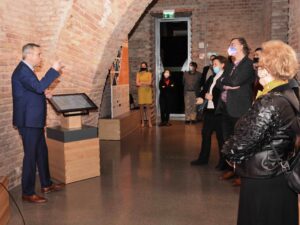
Written by Szabó Dorottya, Archivist, National Archives of Hungary and
Palcsó Anna, Public Education Officer, National Archives of Hungary

